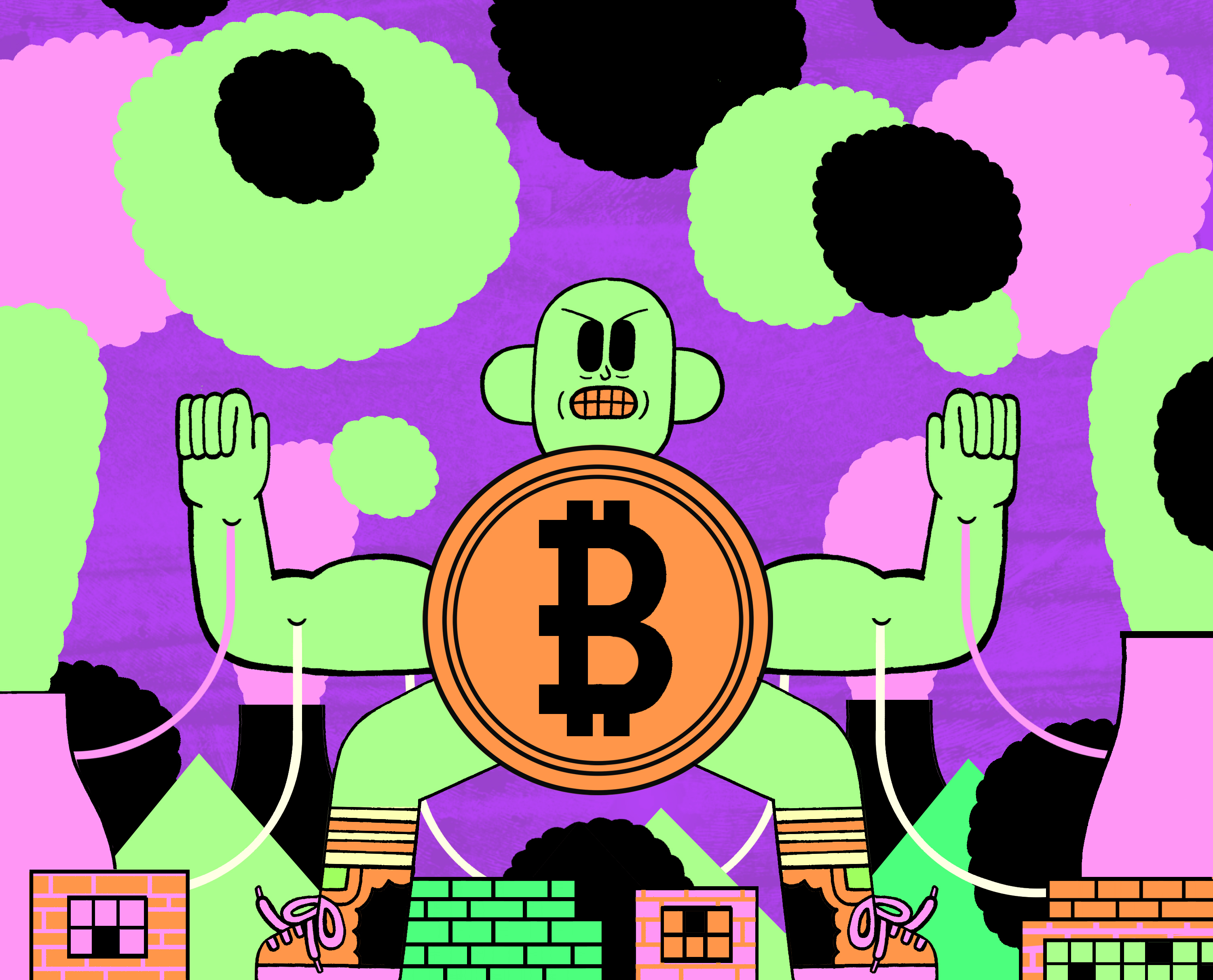Blockchains Use Massive Amounts of Energy—But There’s a Plan to Fix That

It’s a staple of any argument over whether Bitcoin has a long-term future: “Yeah, super-cool that it eliminates the need for a trusted authority when exchanging value. But do you realize how much energy it uses?”
It’s true. It's been estimated that Bitcoin guzzles about as much electricity annually as all of Nigeria. Ethereum gulps electrons too, as do most other cryptocurrencies. As bad as that sounds, though, there’s reason to believe a solution may be at hand.
This piece appears in our new twice-weekly newsletter, Chain Letter, which covers the world of blockchain and cryptocurrencies. Sign up here – it’s free!
Before we get to that, though, let’s talk about miners. Blockchains get a lot of love, but they are only shared sets of data. What brings cryptocurrencies like Bitcoin and Ethereum to life is the way all the computers in their networks agree, over and over, that what a blockchain says is true. To do this, they use an algorithm called a consensus mechanism. You’ve probably heard it called “mining.” (See: “What Bitcoin Is, and Why It Matters”)
Cryptocurrency miners do much more than unlock new coins. In the process, they check the blockchain to make sure people aren’t spending coins fraudulently, and they add new lists of transactions—the blocks—to the chain. It’s the second step, meant to secure the blockchain from attacks, that guzzles electricity.
Ultimately, the miners must transform each list of most recent transactions into a signature that can serve as proof that the information is true. All miners can do this, using a cryptographic tool that takes any input and spits out a string of seemingly random characters. But Bitcoin’s creator, Satoshi Nakamoto, made this part particularly difficult.
Nakamoto set up a competition, the object of which is to be the first to determine a very specific signature based on three inputs: the signature of the preceding block, the list of new transactions, and a random third number. Since miners don’t know the third number, they must generate signatures repeatedly until one guesses correctly. This expends an immense amount of energy, signaling to the rest of the network that a miner’s accounting can be trusted.
But while this particular method of reaching agreement—known as “proof of work”—is the most established, it isn’t the only one. A growing number of technologists are exploring different avenues, and some smaller cryptocurrencies already employ alternative means.
The one in the best position to supplant proof of work is called “proof of stake.” Whereas proof of work rewards participants for spending computational resources, blockchains that use proof of stake would select validators based in part on the size of their respective monetary deposits—their stake. This would be massively more energy efficient, but the concept is still unproven at a large scale and has a number of kinks that need working out.
Still, if all goes as planned, Ethereum will transition to proof of stake relatively soon, perhaps as early as the end of this year. That would be hugely impressive, given that its creator Vitalik Buterin has called devising an effective consensus algorithm “one of the hardest problems in cryptocurrency development.”
The reality is that we are probably stuck with energy-guzzling cryptocurrencies, at least for a while. In the meantime, maybe true believers would be wise to invest their digital coins in renewable electricity sources.
Keep Reading
Most Popular
Large language models can do jaw-dropping things. But nobody knows exactly why.
And that's a problem. Figuring it out is one of the biggest scientific puzzles of our time and a crucial step towards controlling more powerful future models.
How scientists traced a mysterious covid case back to six toilets
When wastewater surveillance turns into a hunt for a single infected individual, the ethics get tricky.
The problem with plug-in hybrids? Their drivers.
Plug-in hybrids are often sold as a transition to EVs, but new data from Europe shows we’re still underestimating the emissions they produce.
Stay connected
Get the latest updates from
MIT Technology Review
Discover special offers, top stories, upcoming events, and more.